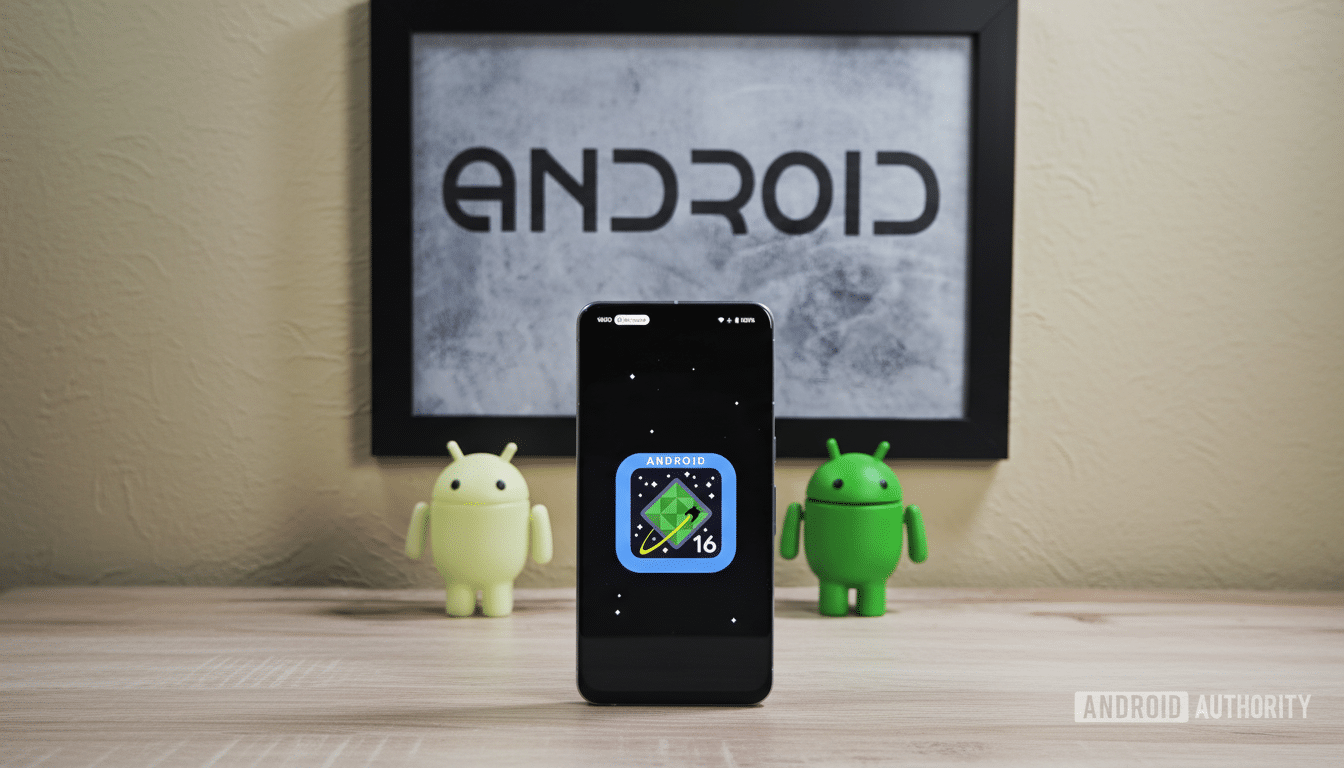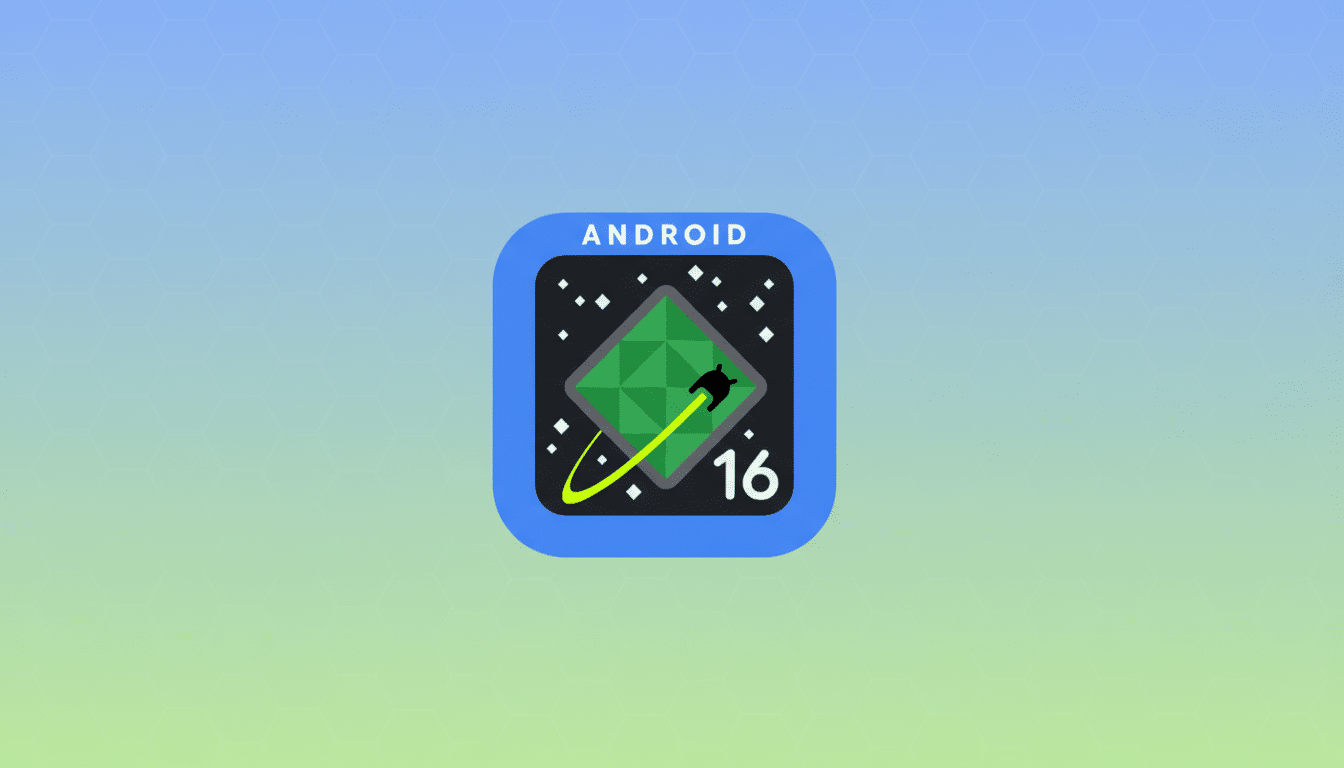Android’s not-so-secret Easter egg has spawned a new job. In Android 16 QPR2, Google has hardwired the elusive spaceship game into the system’s Live Updates framework and transformed it into a vessel for the operating system’s most visible notification enhancement. The result is a ship status bar chip that follows your ship through hyperspace, and a cleaner, more persistent progress readout over critical surfaces.
What changed in QPR2 for the Android 16 Easter egg
Android 16 builds released previously have shown a more progress-based notification style, but the Easter egg’s alert never graduated to becoming a real Live Update. In QPR2, the Easter egg has graduated to act more like a real Live Update: its notification is pinned at the top of your shade (just beneath where it finds new media player interfaces), it shows a brief status chip in your main status bar, and it’s built to expand on your always-on display for info-glancing glory. It’s worth noting that the always-on clock mode doesn’t seem to fully open yet for a few beta testers, so that feels more like an artifact of an unreleased software build than intentional design.
- What changed in QPR2 for the Android 16 Easter egg
- How Live Updates work on Android and where they appear
- Why an Easter egg is the ideal demo for Live Updates
- From idea to reality across QPRs on Android 16
- What this means for apps and users across Android
- How to see it yourself on the Android 16 QPR2 beta
- The bigger picture for Live Updates across Android

How Live Updates work on Android and where they appear
Live Updates are continuous, context-aware progress indicators for Android. Think navigation steps, ride arrival times, delivery ETAs, boarding gates, or workout progress. Rather than the chaos of plunging into an app, or swiping down into an overcrowded notification shade to see what’s up, a little chip in the status bar, or big, bold card at the top of notifications keeps you informed as it all happens.
According to Google’s developer documentation, Live Updates are high-priority notifications with tight refresh rules, and should be power-efficient and hard for the user to ignore.
These can appear on always-on display or lock screen, and also at the top of the drawer; they’ll be able to show brief rolling messages in the status bar as well.
In application, that will let a mapping app display your next turn while you’re in another app, and a delivery service can update its ETA without hitting you with new alerts.
Why an Easter egg is the ideal demo for Live Updates
Android’s Easter eggs have long served as a form of tech demo. From nods to major design shifts to mini-games that stress-test input and graphics, they’re a low-stakes way to show off new platform behaviors. By translating the Easter egg’s progress into a Live Update, Google is offering a persistent (well, always-accessible) reference that both people and developers can use to see how it all works between multiple types of devices without making them download any sort of third-party app.

The spaceship analogy is particularly fitting. A trip with stops and a clear goal is easily modeled by the Live Updates model; one task that progresses to completion, all while showing me small descriptions of the current state.
From idea to reality across QPRs on Android 16
Live Updates digs deeper into quarterly platform versions. The first rollout of Android 16 introduced the new way in which notifications are based on and relied on. So QPR1 includes the whole API and system-level integration necessary so that apps can reliably publish Live Updates. QPR2 closes the loop by dogfooding that tech in the OS’s own Easter egg, verifying the surfaces and mechanics are stable and durable enough for everyday visibility.
What this means for apps and users across Android
For users, it’s signal over noise. Live Updates consolidate what you’re up to into a single “at-a-glance” presence, not as a series of disparate notifications. In your day-to-day existence, that might be a ride-hailing pickup countdown, a restaurant order from prep to door, a gate counter for when you’re supposed to change planes, or even just the timer counting down as you multitask.
For programmers, the Easter egg is a canonical totem, an always-accessible reference. It shows priority placement, chip behavior, and how new updates roll out to the always-on display. Those platform guidelines mean that Live Updates can’t abuse attention; they’re rate-limited, visually consistent, and second fiddle only to the media player—rules adopted from elsewhere on mobile while keeping Android’s notification DNA.
How to see it yourself on the Android 16 QPR2 beta
Launch the Easter egg on a device that’s installed with this latest Android 16 QPR2 beta, go to Settings > About phone and tap repeatedly on Android version to open up the Easter egg. Get in the spaceship, and when the video notification appears, pull down the shade to see its Live Update at the top. The status bar chip will also show the current leg of the journey, and you can long-press on the notification to make sure that it’s being treated as a Live Update.
The bigger picture for Live Updates across Android
A small step, you might think, but this is an indicator that Live Updates are becoming a practical tool for use across the ecosystem. Anticipate early adopters in navigation, transit, ride-hailing, and delivery to jump right in, reflecting the quick pickup similar features received on competing platforms. With QPR2 and their raising the Easter egg as a living example, Android gives both its users and developer community an absolute proof-of-concept demonstration of how advancement should be: post-notification era.

